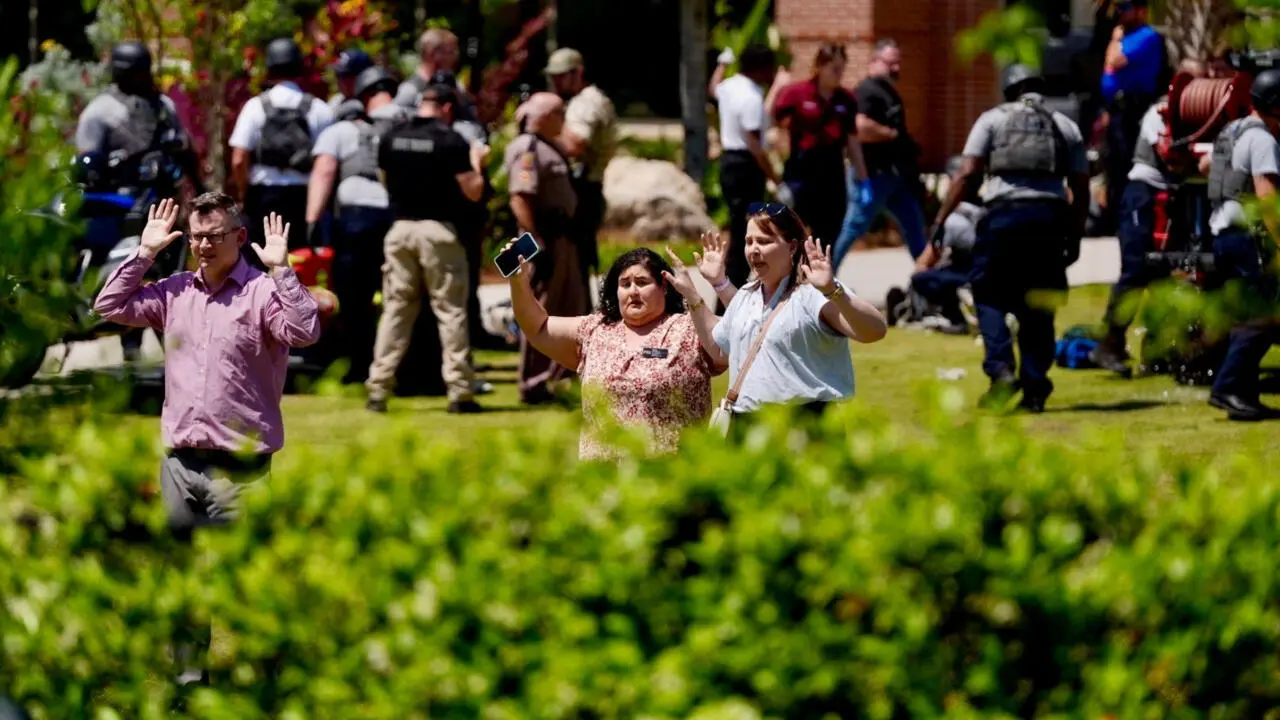
A Day No One Saw Coming
April 17, 2025, started like any other Thursday on Florida State University’s campus. The Student Union was buzzing—students grabbing coffee, catching up between classes, planning for the weekend. But just before noon, that normalcy shattered. Gunfire erupted, leaving two people dead and six more injured.
In a matter of minutes, a place built for learning and connection became a crime scene. This wasn’t just a news story—it hit home for the FSU community, and its impact is still unfolding.
What Happened: A Timeline of the Shooting
The First Shots
At 11:57 a.m., the first reports of gunfire came in from the Student Union. Moments later, FSU issued a campus-wide alert: active shooter—lock down immediately.
By 12:01 p.m., students were sheltering in place. Classrooms were locked, lights were off, and students huddled behind doors, texting loved ones and refreshing social media for any scrap of information.
At 12:19 p.m., another alert confirmed the threat was still active. The fear was real—and it was everywhere.
By 2:00 p.m., the suspect was taken into custody. The immediate threat was over, but for many, the trauma was just beginning.
The Victims: Real People, Real Pain
Lives Lost, Futures Changed
Two people were killed in the attack. Their names haven’t been publicly released yet, but they were members of the FSU community—students with dreams, relationships, and full lives ahead of them.
Six others were injured, some critically. All were taken to Tallahassee Memorial HealthCare, where teams worked urgently to stabilize them. For those injured—and their families—life has taken a sharp and unexpected turn.
These aren’t just numbers. These are classmates, friends, roommates. People who were just in the wrong place at the wrong time.
The Suspect: Phoenix Ikner
A Familiar Face, A Shocking Twist
The suspect, 20-year-old Phoenix Ikner, wasn’t an outsider. He was an FSU student. Even more surprising: he’s the son of a Leon County Sheriff’s deputy.
He had a history with law enforcement youth programs and, through family connections, access to firearms. That access became deadly. Police say he had a handgun on him during the shooting, a shotgun was found in the Student Union, and a third weapon was discovered in his vehicle.
Ikner was shot during his arrest but survived. He’s now in the hospital under police watch. Investigators are digging into his background, searching for a motive. Right now, there are more questions than answers.
Law Enforcement Response
Quick Action Saved Lives
As soon as reports came in, law enforcement mobilized. FSU police responded immediately, supported by Tallahassee officers and the FBI. Their rapid coordination likely prevented further casualties.
Authorities are still piecing together how Ikner got the weapons onto campus and whether there were any warning signs beforehand. All three firearms are being analyzed as part of the ongoing investigation.
While the university’s alert system worked as designed, the shooting has sparked conversations about whether more could have been done to prevent it—and how to better protect students moving forward.
Life After the Attack
Campus in Mourning
FSU moved quickly to cancel classes and events through the weekend. The baseball game against the University of Virginia? Postponed. Student gatherings? Canceled. Campus life hit pause.
Counseling services were expanded immediately. Mental health support stations popped up across campus. Professors offered flexibility. Students leaned on each other—sharing stories, hugging in silence, just trying to process what happened.
The Student Union, usually the heartbeat of campus life, is now quiet. Its windows are dark. Police tape still flutters in the breeze. It doesn’t feel the same—and maybe it won’t for a while.
National Reactions and Renewed Debate
Support, Sympathy, and Tough Questions
Condolences poured in from across the country—university leaders, state officials, and even national figures expressed their heartbreak. But along with the sympathy came renewed urgency around an all-too-familiar topic: gun control and school safety.
Ikner’s connection to law enforcement added another layer to the discussion. How are firearms being stored in homes? What checks are in place for access, even in the families of officers?
There’s no easy answer. But every time a tragedy like this happens, the same questions rise again—louder and more painful each time.
A Painful Pattern
Not the First Time
This isn’t the first time FSU has faced violence on campus. In 2014, a gunman opened fire in the Strozier Library, injuring three students. That memory was already a scar—and now, it’s been reopened.
Across the country, school shootings have become more frequent. And despite increased safety measures, metal detectors, lockdown drills, and mental health resources, they keep happening.
What makes this one sting even more is that FSU had already been through it. For many students and staff, this shooting brings back memories they hoped they’d never relive.
Moving Forward
Grief, Resilience, and a Call for Change
The tragedy at FSU has shaken a community to its core. It’s forced hard conversations, rekindled old fears, and sparked anger, sadness, and frustration. But it’s also revealed resilience—students supporting each other, faculty stepping up, alumni checking in from across the country.
This isn’t something the FSU community will simply “move on” from. But they will move forward—with a greater sense of urgency around safety, stronger support systems, and hopefully, meaningful change.
Whether that change comes in the form of legislation, better mental health infrastructure, or tougher campus security, it has to come. Because students should never fear for their lives in a place built to help them grow.




Leave a Reply